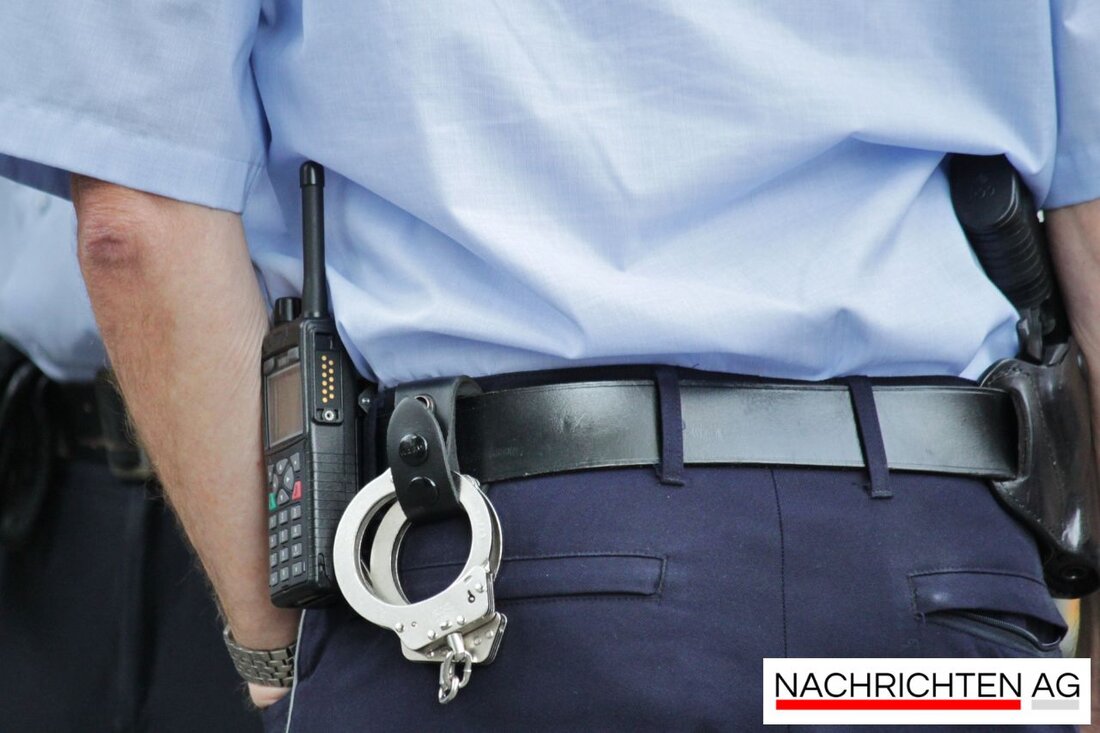Attention drivers! Today there is lightning on the B70 in Lingen!
On November 16th, 2025, a mobile speed trap will be active on the B70 in Lingen (Ems). Speed controls increase road safety.

Attention drivers! Today there is lightning on the B70 in Lingen!
Today, November 16, 2025, a mobile speed trap will be set up on the B70 federal highway in Lingen (Ems). This measure, which was originally intended to ensure road safety, is regularly updated by the authorities and can also be moved to other locations throughout the day. The speed limit here is 100 km/h, and anyone driving faster must be prepared for tolerances. When speeding up to 100 km/h, a safety deduction of 3 km/h is deducted from the measured speed; above 100 km/h it is usually 3% of the measured value, as news.de reported.
These speed cameras are an important tool for speed monitoring in traffic. The technologies for this have developed significantly over the years. The first mobile radar device was introduced in Germany in 1959. There are now a total of around 4,400 permanently installed radar measuring devices that precisely measure the speed of vehicles and, if necessary, document violations with photos.
Speed controls at a glance
The aim of speed cameras is not only to increase traffic safety, but also to improve traffic monitoring. The police and regional regulatory authorities in various federal states are responsible for the evidence. In many cases it is the public order offices that operate within built-up areas. In out-of-town areas, the police usually take control. The use of mobile and stationary speed traps remains the main means of speed monitoring in Germany, as bussgeldkatalog.org explains.
Interestingly, radar control works using the Doppler effect: radar waves are emitted and reflected by the vehicle, whereupon the speed is calculated. This technology has proven itself over the years. A modernized procedure, known as Section Control, measures the average speed of vehicles over longer sections and is currently being tested in Germany.
Legal situation and tolerances
The legal framework for speed monitoring is regulated differently. In Germany, the driver is responsible for speeding violations. It's different in Austria: Both the driver and the owner of a vehicle can be held responsible, although the owners often also have to ensure that information is provided to the authorities. The tolerance values that apply to the measurement are, as already mentioned, 3 km/h to 100 km/h and 3% above 100 km/h. These regulations ensure fair treatment of all road users and are designed to increase road safety.
Speed cameras also have their critics. Some complain that surveillance often serves economic interests, as the revenue from fines often flows into public budgets but does not always cover the costs of surveillance. Nevertheless, the main goal remains: reducing speeding and the associated traffic accidents.
In this regard, it is important that citizens inform themselves about the applicable speed limits and possible speed cameras. After all, driving fast on the B70 in Lingen could be an expensive pleasure today.

 Suche
Suche
 Mein Konto
Mein Konto